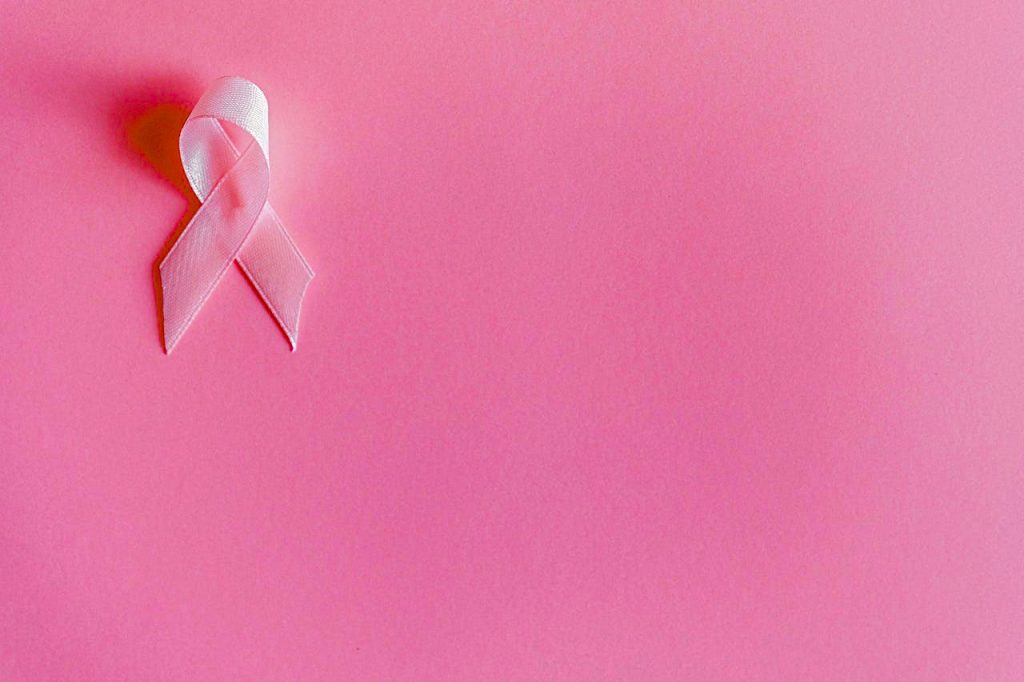
It is a form of cancer that starts in the cells of the breasts. Breast cancer mostly occurs in women and is a rare complication in men. Symptoms of breast cancer might include a new lump in the breast, bloody discharge from the nipple, and changes in the shape/texture. There might also be a difference in the skin’s color and texture around the breast tissue. The cost of breast cancer treatment depends on the stage at which it is diagnosed. The treatment options consist of chemotherapy, radiation therapy, hormone therapy, or surgery.
These are the ways to reduce breast cancer risk.
1. Keep the body weight in check.
It is rather easy to get out of shape, but maintaining a healthy weight plays a significant role in the body. Being overweight increases the risk of many illnesses in the body, including different cancers. This increases, especially after the menopause.
2. Increase physical activity
Exercise is the closest to a silver bullet for humans. It increases the overall health as there is. Women who are over the age of 40 years and are physically active for at least 30 minutes in a day have fewer chances of getting breast cancer. Regular exercise is also an excellent way to keep the weight in check.
3. Eat fresh fruits & vegetables, and avoid too excessive alcohol.
A healthy always helps in lowering the risk of breast cancer. Eating a lot of fruits and vegetables is advised. Along with that, keeping alcohol at moderate levels or lower has also proved to prevent the incidence down. A person should monitor and moderate the level of alcohol intake. Although studies have shown that even small amounts can increase the risk of breast cancer, and it is essential to discuss this with their doctors.
4. Don’t Smoke
Irrespective of any illness, we all know how unhealthy smoking is. Along with lowering the quality of life and increasing the risk of heart disease, smoking can also lead to stroke and various types of cancers, including breast cancer. Steps should be taken to quit smoking and lead a better healthy life.
5. Breastfeeding helps, if feasible.
Breastfeeding for a total of one year or more lowers the risk of breast cancer to a great extent.
6. Avoiding birth control pills
Birth control pills have a lot of risks and benefits. Younger women have lower risks as compared to older women. Also, women who take birth control pills are at a slightly increased risk of breast cancer. This risk goes away instantly, though, after the medicine is stopped.
The risk of other illnesses such as stroke and heart attack also increases while a female is on the pill. And all these issues go up if the woman is a smoker. However, long-term use does have some crucial benefits, such as reducing the risk of ovarian, colon, or uterine cancer. Taking these medicines should usually be limited, and in cases, any symptoms arise, a doctor should be consulted.
7. Post-menopausal hormones to be avoided
Post-menopausal hormones are not advised to be taken in the long term to prevent chronic diseases, such as osteoporosis and heart disease. Studies have predicted that they have a mixed effect on health. They help in increasing the risk of some illnesses, whereas reducing the incidence of the other. These estrogen-only hormones increase the risk of breast cancer if taken for a long term.
8. Tamoxifen and Raloxifene – can save you
Though it is not routinely practiced, some doctors consider the use of prescription drugs – tamoxifen and Raloxifene very helpful in breast cancer cases. When the cancer is diagnosed early, and these medicines are given to the patients, they tend to lower the risk significantly. The FDA approves these drugs for breast cancer prevention. These drugs have specific side effects, and they should be taken after discussion with the doctor alone.
It is essential to know the risk factors, and if you are in the high-risk category, taking screening tests regularly can help diagnose cancer at an early stage. Usually, early diagnosis leads to successful treatment.
Know your family history
Women who have had a strong family history of cancer should take appropriate steps to keep a check on their health and the possibility of having cancer. They may be at higher risk of breast cancer than other females. Studies have shown that If the mother or sister had a history of ovarian or breast cancer, the incidence is higher in other female family members. These things should be discussed with the doctor and analyzed thoroughly on time.
Screening is crucial
Despite controversies being there, studies have shown that breast cancer screening and mammography can save lives. It doesn’t prevent cancer, but it helps in the early diagnosis of cancer, which makes it highly treatable. For most of the females, mammograms should be done at the age of 40, but specific recommendations are based on age and the symptoms.
